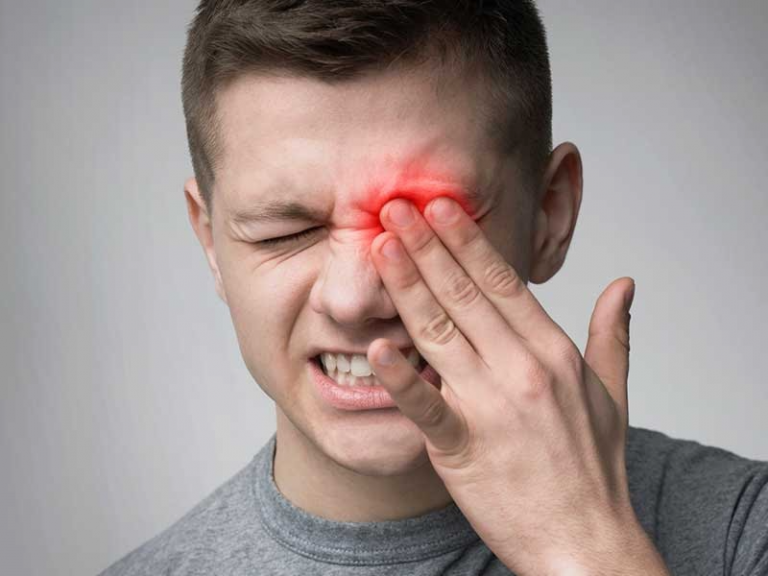

The vast majority of corneal injuries are fairly minor and respond really well to simple treatment. We can then decide on the best course of treatment. Once we’ve had a really good look at the injury and the rest of the eyeball, we’ll use a special dye called fluorescein – this sticks to damaged corneal cells, showing us how wide and how deep the injury is. To do that, we may have to sedate the dog, but usually, we can use local anaesthetic to stop it hurting and allow us to examine the eye. Yes – most commonly dry eye (keratoconjunctivitis sicca), where the eye doesn’t produce enough tears as a result, the centre of the cornea dries out and cracks or ulcerates.įirstly, we’ll try and find out how severe the injury is. Is there any other condition that can be mixed up with it? Milkiness or blueness of the surface of the eye.Redness of the membranes around the eye.What are the symptoms of a scratched eye? Inevitably, these dogs are at higher risk of eye injuries! The other big problem is with dogs with protuberant eyes (like Pugs) who cannot extend their eyelids to cover the whole surface of the eye. If a dog encounters an aggressive or particularly scared cat, they will often make a swipe with their claws – and may catch the dog’s eyes. The most common cause is running through thick undergrowth or grass and not blinking quite fast enough! It’s also fairly common for a grass seed, a blade of grass, or even a clump of hair to become trapped underneath the eyelid, causing scratches every time the eyeball moves. As a result, this type of injury is known as a corneal ulcer or corneal laceration. First things first – get him down to us to check it out! Dogs’ eyes are delicate, and it’s really important that we’re able to treat any injuries quickly…Īny object that is either hard or sharp will scratch the cornea (the front layer of the eye) – grass blades, thorns or brambles, a cat’s claws, etc.


 0 kommentar(er)
0 kommentar(er)
